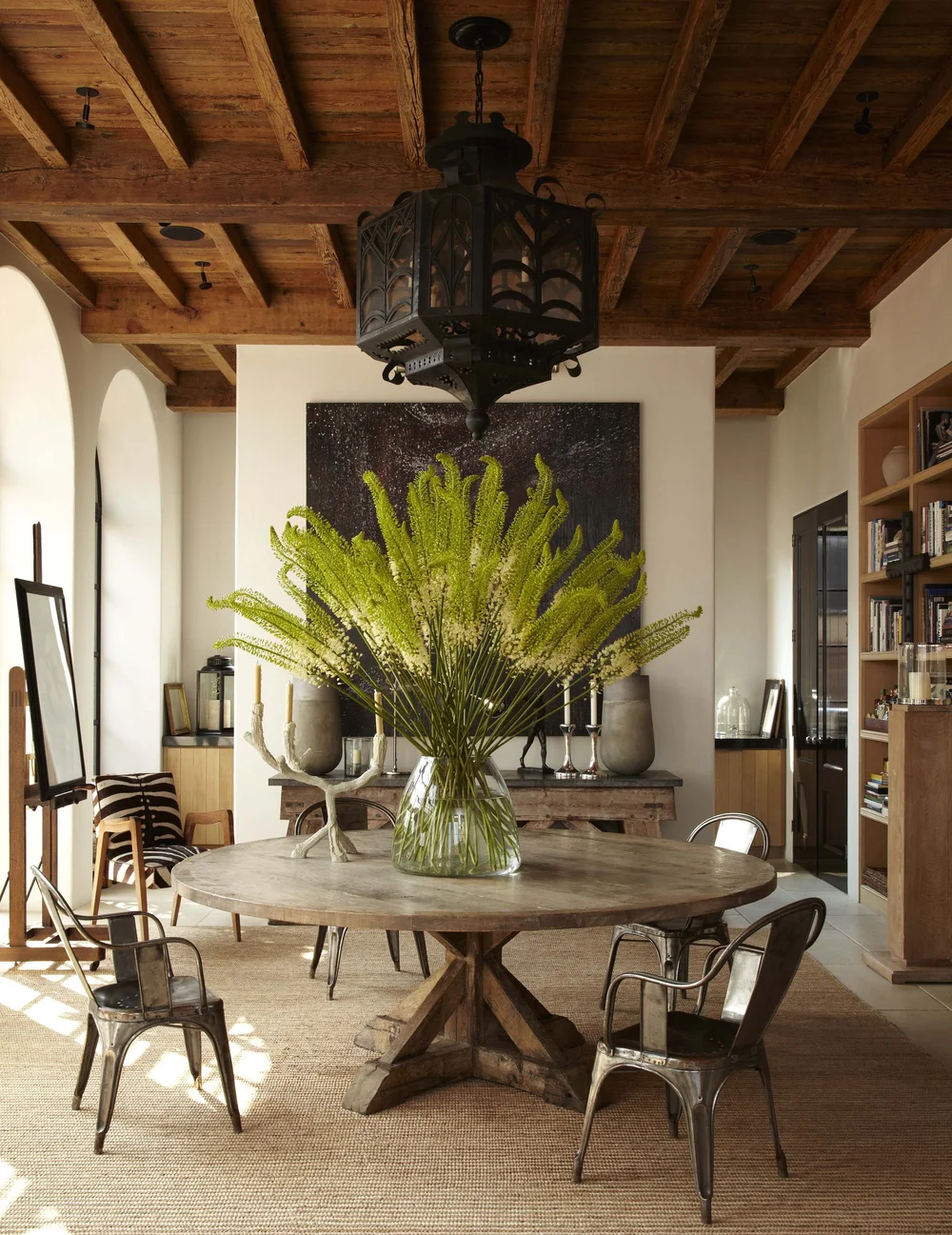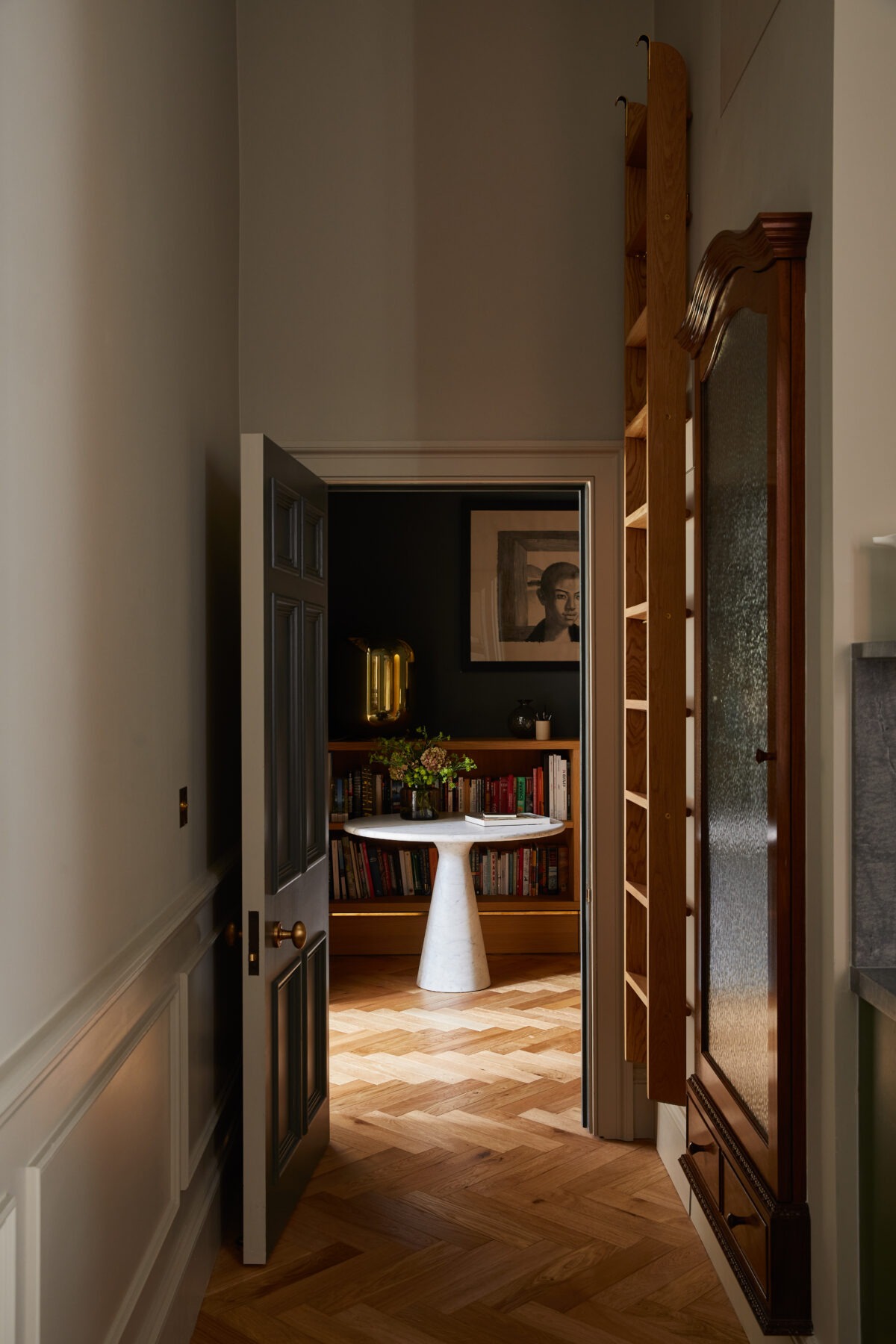7 mistakes that might make your home look messy (and how to fix them, according to world-renowned designers)
Tina KovačićekNovember 5, 2025
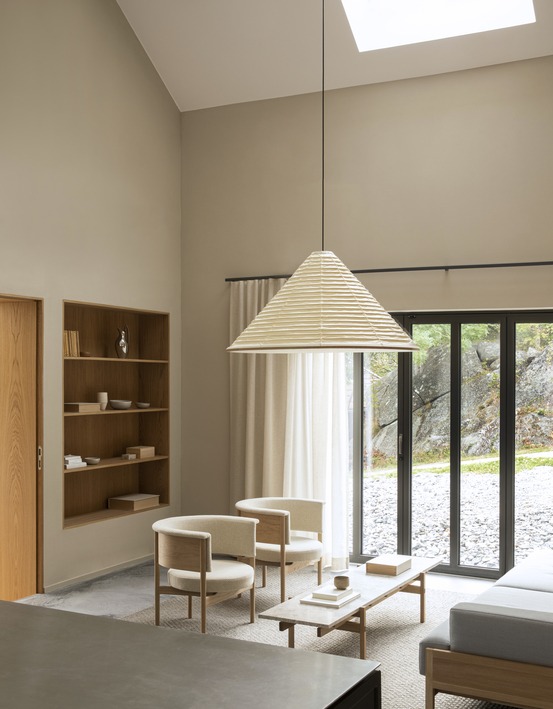

November 5, 2025
Recently, while speaking with Melissa Penfold about designing a home that naturally fills you with energy and strength—both mental and physical—she emphasized something we all know but tend to forget: besides plenty of natural light and materials (which you should surround yourself with as if your life depended on it), it’s crucial to create a home with enough storage space. “Mess is stress,” says Melissa—and she’s right, as I’ve felt many times myself. I recently moved into a new apartment, and my first steps in creating the interior were all about finding ways to make the best possible use of the space (I kept repeating this to myself). On the other hand, Joshua Fields Millburn and Ryan Nicodemus, known as The Minimalists, keep appearing on my shoulder, quietly whispering that we should live with less but better, and that we really don’t need so many things in our lives. I know, I know—but still…
IThe truth lies somewhere in between: we don’t need that many things, and the ones we truly believe we do—let’s find them a hidden place. But even a tidy home can sometimes feel cluttered. What’s the trick? The reason might be too many decorative details, visual noise, or even the wrong lighting. While I try to figure out what it is, I’ve found solutions to each of these interior design mistakes—thanks to some of the world’s best designers. Feel free to take notes.
Mementos, souvenirs, framed photos (whole albums scattered everywhere), little details… of course we love them—they remind us of beautiful moments, of what we’ve lived and experienced, they evoke nostalgia and comfort. But when they all perform on the same shelf at the same time, they can overwhelm the space. A good example to follow are the Danish studio Norm Architects, whose interiors show that minimalism isn’t boring—it’s luxurious. Clean, airy spaces bring a sense of calm, and that’s something we all need.
Tip: Keep a few objects that tell your story and give the rest a well-deserved vacation in a drawer. You can always rotate memories and swap them on display from time to time.


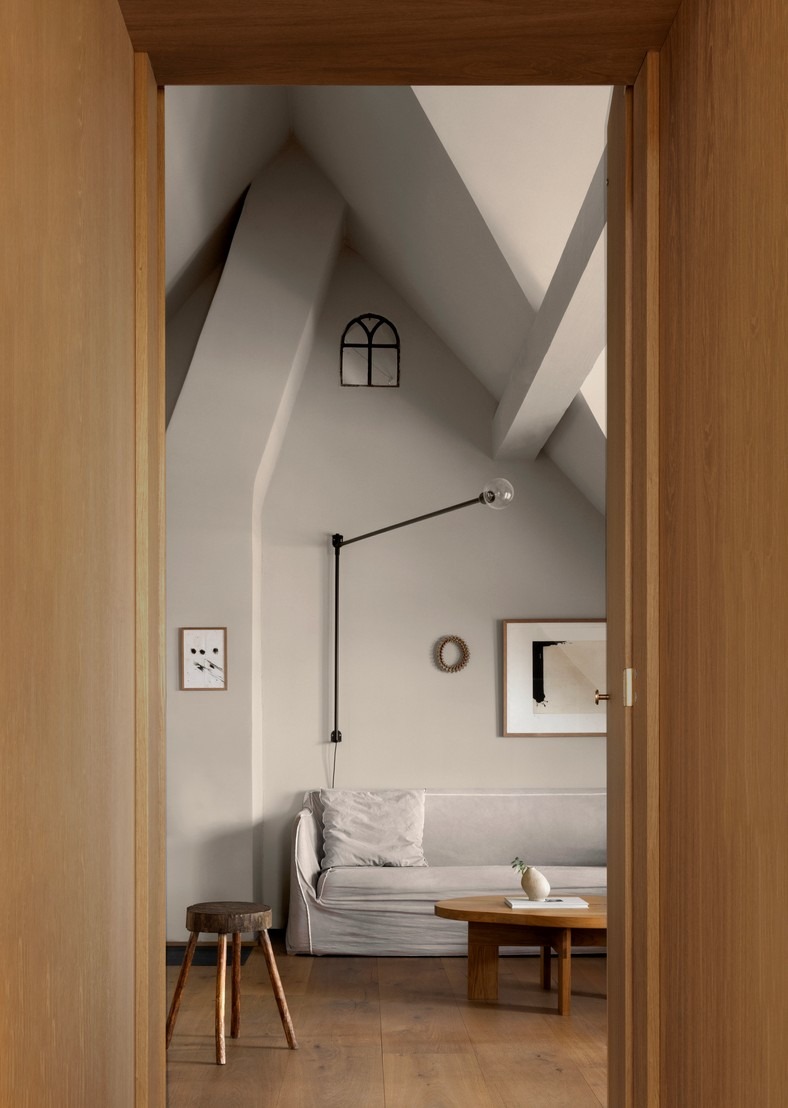
If your living room looks like a Pinterest catalog, you might have gone too far. Often, we start with the idea that adding more details will make a space feel more alive—and I’ve been there countless times myself, finding it hard to resist yet another boho blanket or bed throw (that never quite found its place anyway). But stop right there. Designers from Studio McGee say that three pillows in the same color palette look more refined and elegant. I believe them.
Tip: Combine textures, not patterns, and stick to the old rule: fewer layers, more style

Studio Mcgee
If your kitchen island, sideboard, coffee table, or nightstand are constantly filled, your space can’t breathe. There’s always something happening in your visual field. Empty spaces and moments of stillness have become the new luxury of our time. Take that seriously when it comes to your home. The queens of the functional beauty approach, Marie Kondo and Shira Gill, have taught us a few things about tidying up. Marie Kondo encourages us to keep and display only the objects that spark genuine joy, while Gill reminds us that tidying is a continuous process—not a one-time task—that we should always strive for. In any case, as the good old band Aerodrom would say: Put the right thing in the right place, and do it often.
Tip: Leave at least one surface completely empty. That’s the new luxury.
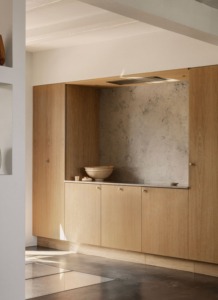
Norm Architects
Light shapes a space more than wall color ever could. It creates atmosphere, leaves an impression, and can instantly transform the mood. Take the role of lighting in your interior seriously—and play with it. American designer Kelly Wearstler often does this, having become a true master of layered lighting over the years. In her interiors, every lamp becomes a small sculptural moment, allowing lighting to transcend its basic function and become a decorative feature in itself.
Tip: Start by replacing cool LED bulbs with warmer ones, and add an ambient light source. Your home will instantly look more sophisticated.
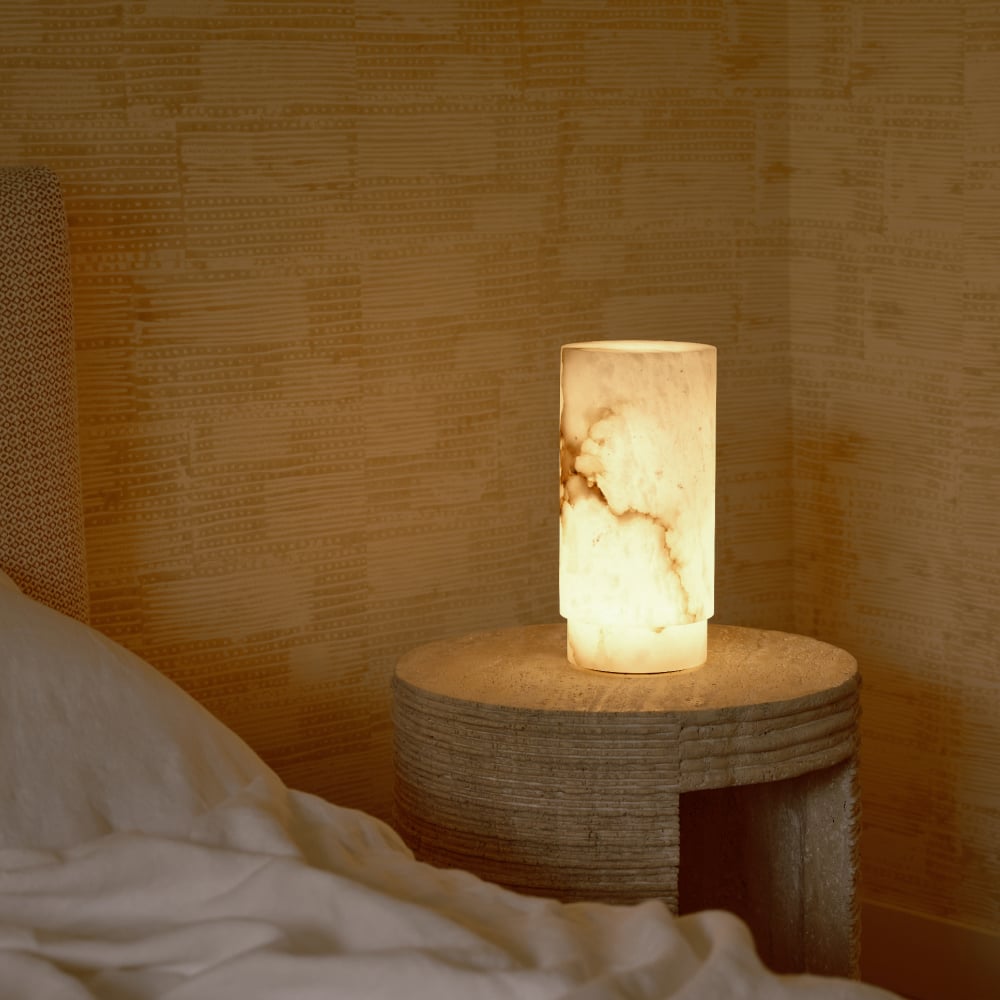
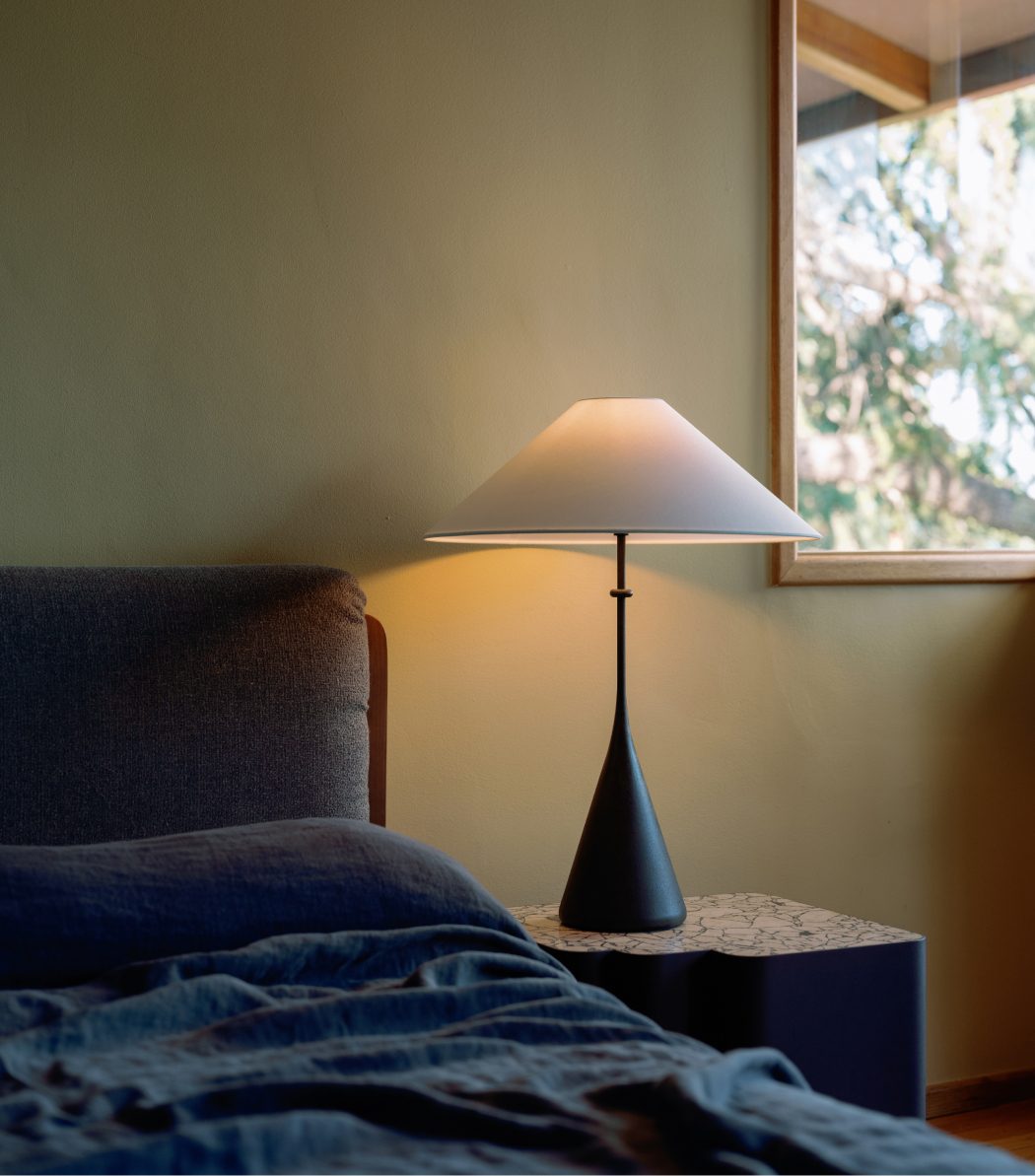

These necessities of modern life often end up hovering in our visual space even after use, with the thought: I’ll need it again in a few hours anyway. But hide the traces of your digital life. The best brands remind us of this—of course, the Danes and Swedes come to mind first: IKEA, Muuto, and Hay, whose furniture includes brilliant solutions for cables and sockets.
Tip: A tidy home starts with tidy technology. True aesthetics lie in the details you don’t see.

Muuto
Just like shelves, walls often become the main “carriers” of memories. And there’s nothing wrong with that—but it’s good to give them a sense of direction to avoid visual chaos. Maximalists might not agree at first, but too many frames or “random” compositions can easily turn a wall into a captain-less crowd. Alfredo Paredes Studio, known for its sophisticated yet warm design, demonstrates how attention to proportion and texture can transform a space. Their walls are never accidental—every frame has meaning, whether it’s a single carefully placed artwork or a subtle mix of materials. As Paredes says, a wall isn’t a background—it’s the energy of the room. In his interiors, nothing screams for attention, yet everything has presence. It’s precisely that quiet discipline that creates a sense of order.
Tip: Make a layout plan before you hammer in the first nail. Choose a theme or frame color palette. Your wall doesn’t have to tell all your stories at once.
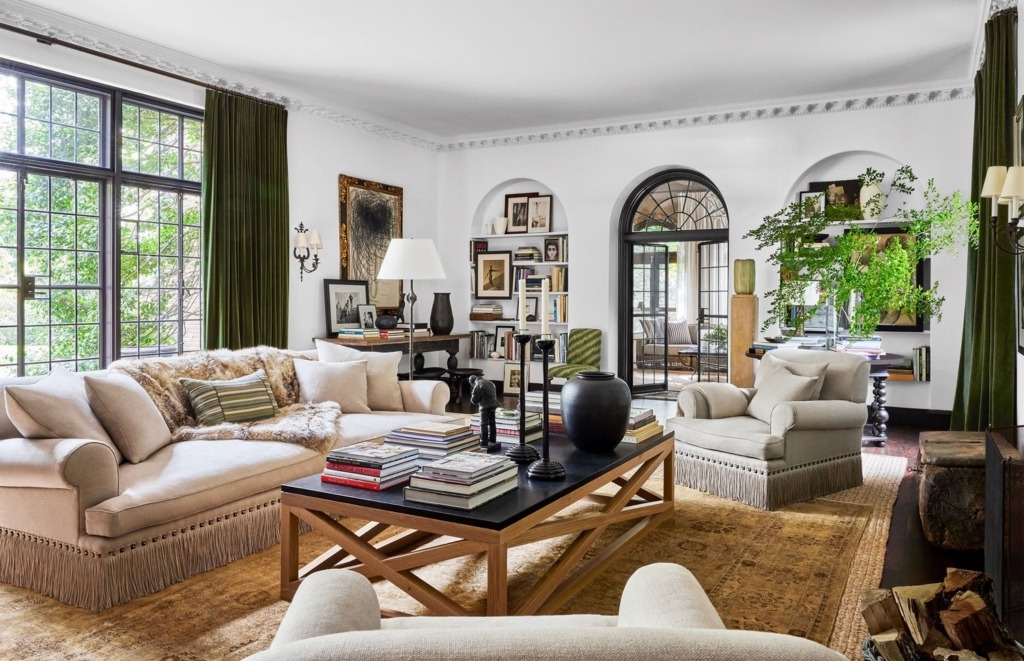
Alfredo Paredes Studio


You know that feeling when something seems to be missing, even though everything is tidy, organized, and in its place? Perhaps what’s lacking is the element that gives a space its soul—a candle, a book, or a flower in a vase. American designer Ilse Crawford, who masterfully combines sensuality, texture, and scent in her projects, says that the feeling of home is a multisensory experience.
Tip: Engage all your senses—scent, light, and texture—and play with details that hold meaning for you and evoke pleasant sensations. That’s the difference between an apartment and a home.
